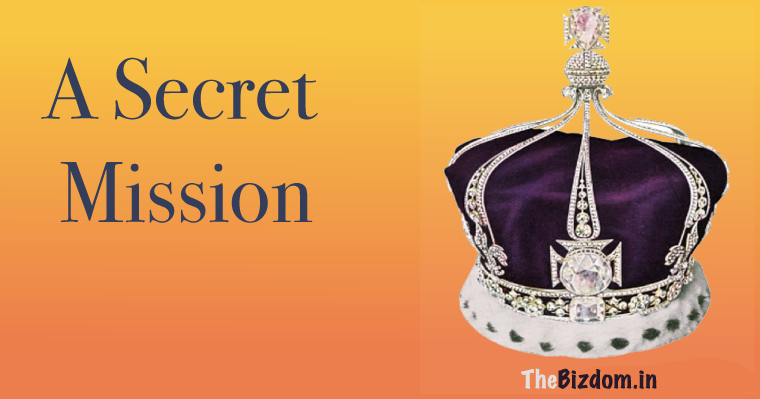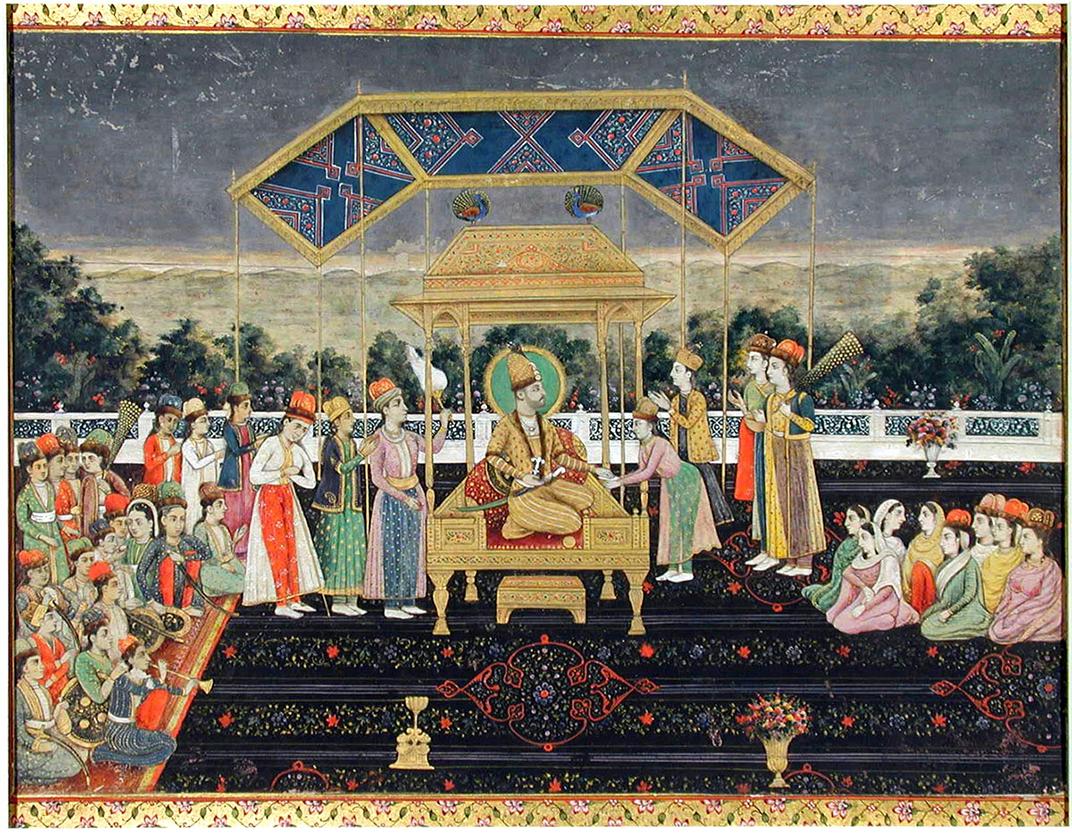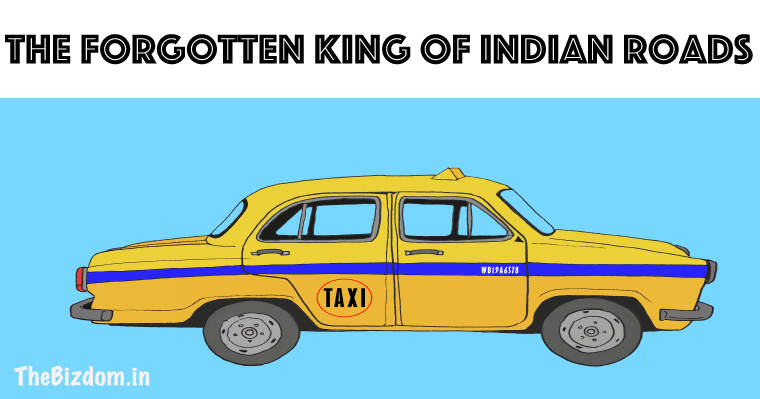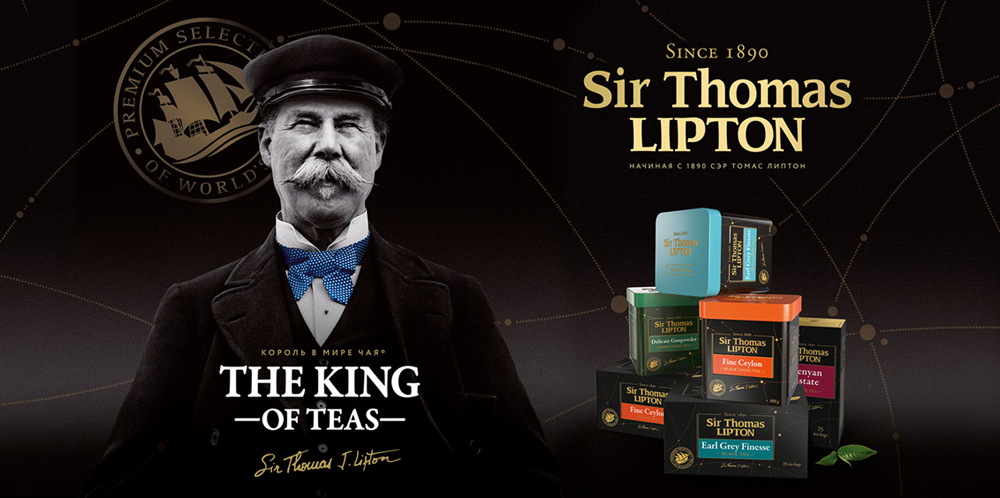2 min to read
Bad luck to any man

At the turn of the 19th century, the British East India Company expanded its territorial control from coastal cities to the interior of the India subcontinent.
In Greek mythology, Medea was the granddaughter of the sun god Helios. She was famous for her sea voyage. This is why Seven ships of the Royal Navy have borne the name HMS Medea.
On 6th April, 1850, HMS Medea was getting ready sail from Bombay under the charge of Captain William Lockyer who was the Acting Commander. They were waiting for something which Lord Dalhousie was bringing from Lahore to Bombay.
Captain William was given strict instruction, which only two other folks on the ship were aware of - Captain Ramsay (Dalhousie’s nephew) and an East India Company representative, Colonel Mackeson. Among them, they shared 4 keys, neither of which could work independently.
Over the course of this highly secret journey, they would battle cholera on the ship (two of his 135 crewmen died). Facing the coal shortage they decided to land on Mauritius. Mauritians refused to have anything to do with the cholera-plagued ship.
They demanded the immediate departure of Medea and her infected crew. When Lockyer refused to comply, the Mauritian authorities threatened to open fire and destroy the vessel. They further withstand storms before finally reaching Plymouth on 30th June, 1850.
At Plymouth, the ship was unloaded and crowds gathered at the docks to greet it. But three started their further journey on Medea toward Portsmouth. When Medea finally reached Portsmouth a day later, officers of the 22nd Foot, and a man called Onslow.
The private secretary to the chairman of the East India Company, were waiting to receive it. He took charge of the possession that were been guarded by them and gladly relieved them of their duties. Onslow took a special train to London and reached the headquarters of EIC.
 The wooden box and four keys were handed over to the Company’s chairman, John Shepherd. After two days, Kohinoor diamond was gifted to Queen Victoria on July 3rd 1850 CE, at the Buckingham Palace.
The wooden box and four keys were handed over to the Company’s chairman, John Shepherd. After two days, Kohinoor diamond was gifted to Queen Victoria on July 3rd 1850 CE, at the Buckingham Palace.
 Nader Shah on the Peacock Throne, whose jewels included the Koh-i-Noor diamond.
Nader Shah on the Peacock Throne, whose jewels included the Koh-i-Noor diamond.
Nader Shah looted Mughal Delhi, taking away with him the Peacock Throne, into which was embedded the legendary Koh-i-Noor diamond. He returned to Persia, leaving Muhammad Shah a powerless king with an empty treasury and the Mughal Empire bankrupt and fractured beyond repair.



